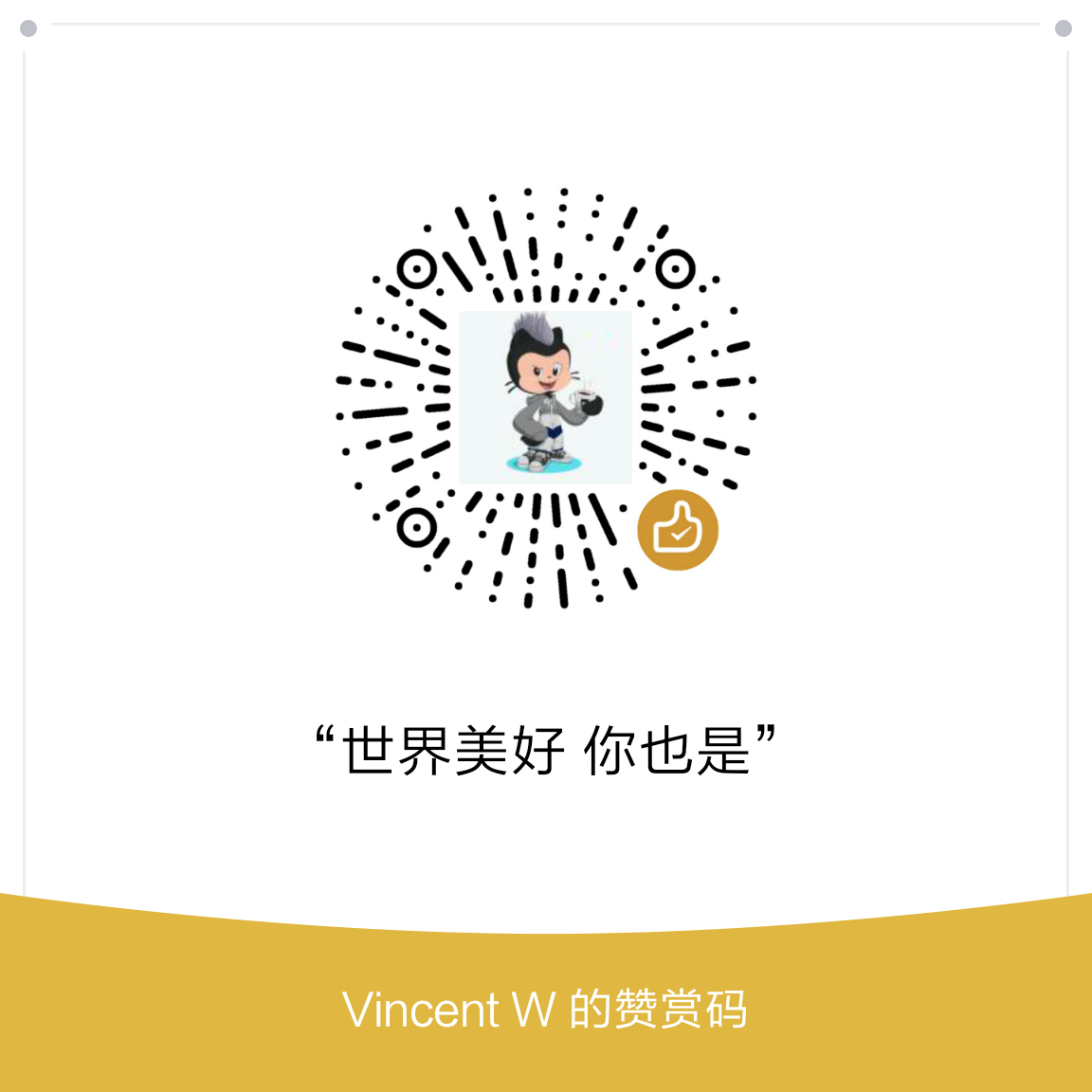composition-api 与 2.x API 的区别
Jul 24, 2020
4593
最快的学习方法就是通过比较,跟自己熟悉的作比较,快速看出差异,能更好的了解 composition-api。
简单的计数器
标准 API
<template>
<div>
Count is {{ count }}, count * 2 is {{ double }}
<button @click="increment">+</button>
</div>
</template>
<script>
export default {
data() {
return {
count: 0
}
},
methods: {
increment() {
this.count++
}
},
computed: {
double() {
return this.count * 2
}
}
}
</script>
函数 API
<template>
<div>
Count is {{ count }}, count * 2 is {{ double }}
<button @click="increment">+</button>
</div>
</template>
<script>
import { ref, computed } from 'vue'
export default {
setup() {
const count = ref(0)
const double = computed(() => count.value * 2)
const increment = () => { count.value++ }
return {
count,
double,
increment
}
}
}
</script>
根据传入的值,请求数据
标准 API
<template>
<div>
<template v-if="isLoading">Loading...</template>
<template v-else>
<h3>{{ post.title }}</h3>
<p>{{ post.body }}</p>
</template>
</div>
</template>
<script>
import { fetchPost } from './api'
export default {
props: {
id: Number
},
data() {
return {
isLoading: true,
post: null
}
},
mounted() {
this.fetchPost()
},
watch: {
id: 'fetchPost'
},
methods: {
async fetchPost() {
this.isLoading = true
this.post = await fetchPost(this.id)
this.isLoading = false
}
}
}
</script>
函数 API
<template>
<div>
<template v-if="isLoading">Loading...</template>
<template v-else>
<h3>{{ post.title }}</h3>
<p>{{ post.body }}</p>
</template>
</div>
</template>
<script>
import { ref, watch } from 'vue'
import { fetchPost } from './api'
export default {
setup(props) {
const isLoading = ref(true)
const post = ref(null)
watch(() => props.id, async (id) => {
isLoading.value = true
post.value = await fetchPost(id)
isLoading.value = false
})
return {
isLoading,
post
}
}
}
</script>
多个逻辑
基于前一个获取数据的例子,在此基础上新增展示鼠标的位置功能
标准 API
<template>
<div>
<template v-if="isLoading">Loading...</template>
<template v-else>
<h3>{{ post.title }}</h3>
<p>{{ post.body }}</p>
</template>
<div>Mouse is at {{ x }}, {{ y }}</div>
</div>
</template>
<script>
import { fetchPost } from './api'
export default {
props: {
id: Number
},
data() {
return {
isLoading: true,
post: null,
x: 0,
y: 0
}
},
mounted() {
this.fetchPost()
window.addEventListener('mousemove', this.updateMouse)
},
watch: {
id: 'fetchPost'
},
destroyed() {
window.removeEventListener('mousemove', this.updateMouse)
},
methods: {
async fetchPost() {
this.isLoading = true
this.post = await fetchPost(this.id)
this.isLoading = false
},
updateMouse(e) {
this.x = e.pageX
this.y = e.pageY
}
}
}
</script>
页面上只有两个逻辑,获取数据和展示鼠标位置,但是这两个逻辑相关的函数分散的在组件的选项中。
使用函数 API
<template>
<div>
<template v-if="isLoading">Loading...</template>
<template v-else>
<h3>{{ post.title }}</h3>
<p>{{ post.body }}</p>
</template>
<div>Mouse is at {{ x }}, {{ y }}</div>
</div>
</template>
<script>
import { ref, watch, onMounted, onUnmounted } from 'vue'
import { fetchPost } from './api'
function useFetch(props) {
const isLoading = ref(true)
const post = ref(null)
watch(() => props.id, async (id) => {
isLoading.value = true
post.value = await fetchPost(id)
isLoading.value = false
})
return {
isLoading,
post
}
}
function useMouse() {
const x = value(0)
const y = value(0)
const update = e => {
x.value = e.pageX
y.value = e.pageY
}
onMounted(() => {
window.addEventListener('mousemove', update)
})
onUnmounted(() => {
window.removeEventListener('mousemove', update)
})
return { x, y }
}
export default {
setup(props) {
return {
...useFetch(props),
...useMouse()
}
}
}
</script>
使用 函数 API,代码逻辑相对于选项来说组织的更清晰。
更多例子查看 this gist.
两种 API 混合使用
可以在 setup 中封装一个逻辑,然后在标准 API 中使用,下面例子中,鼠标相关的逻辑是通过函数 API 实现的,获取数据逻辑是通过标准 API 实现的。
_当 __setup_ 与 标准 API 一起使用时, setup 首先会先执行,如果与标准 API 中 data 里的属性有冲突,会覆盖。
<template>
<div>
<template v-if="isLoading">Loading...</template>
<template v-else>
<h3>{{ post.title }}</h3>
<p>{{ post.body }}</p>
</template>
<div>Mouse is at {{ x }}, {{ y }}</div>
</div>
</template>
<script>
import { ref, onMounted, onUnmounted } from 'vue'
import { fetchPost } from './api'
function useMouse() {
const x = ref(0)
const y = ref(0)
const update = e => {
x.value = e.pageX
y.value = e.pageY
}
onMounted(() => {
window.addEventListener('mousemove', update)
})
onUnmounted(() => {
window.removeEventListener('mousemove', update)
})
return { x, y }
}
export default {
props: {
id: Number
},
setup(props) {
return {
...useMouse()
}
},
data() {
return {
isLoading: true,
post: null,
}
},
mounted() {
this.fetchPost()
},
watch: {
id: 'fetchPost'
},
methods: {
async fetchPost() {
this.isLoading = true
this.post = await fetchPost(this.id)
this.isLoading = false
}
}
}
</script>
vue rfcs: comparison with 2.x API
https://github.com/vuejs/rfcs/blob/function-apis/active-rfcs/0000-function-api.md#comparison-with-2x-api

